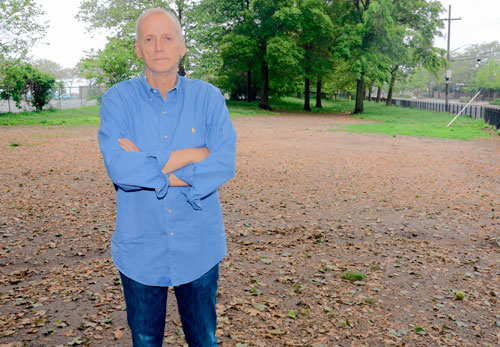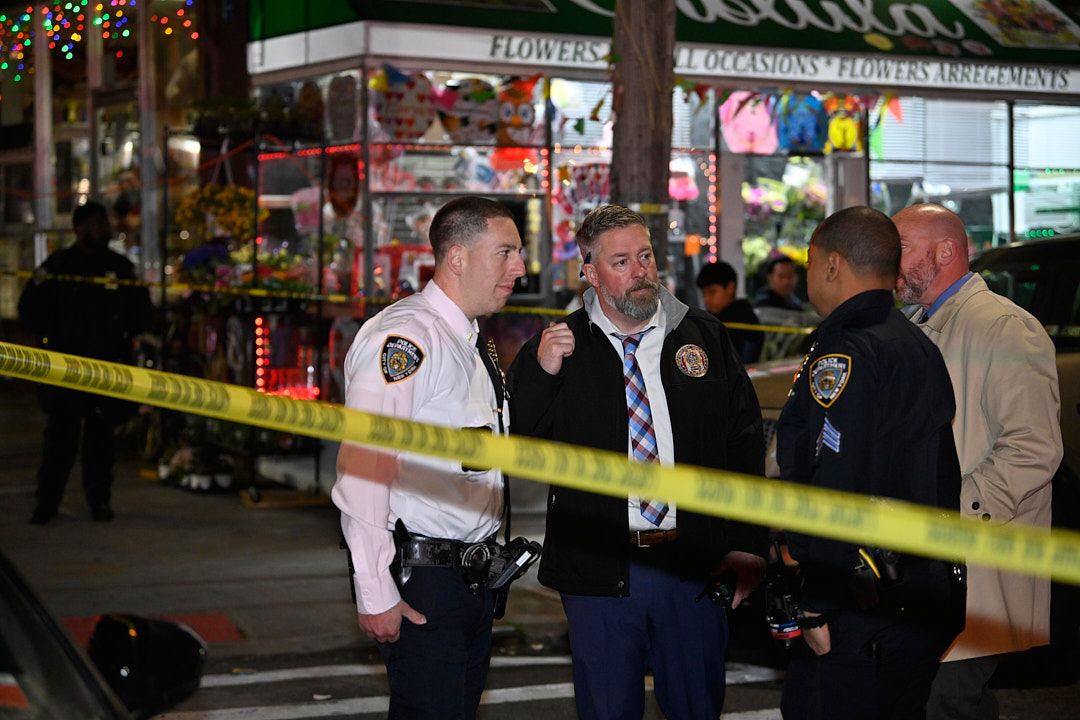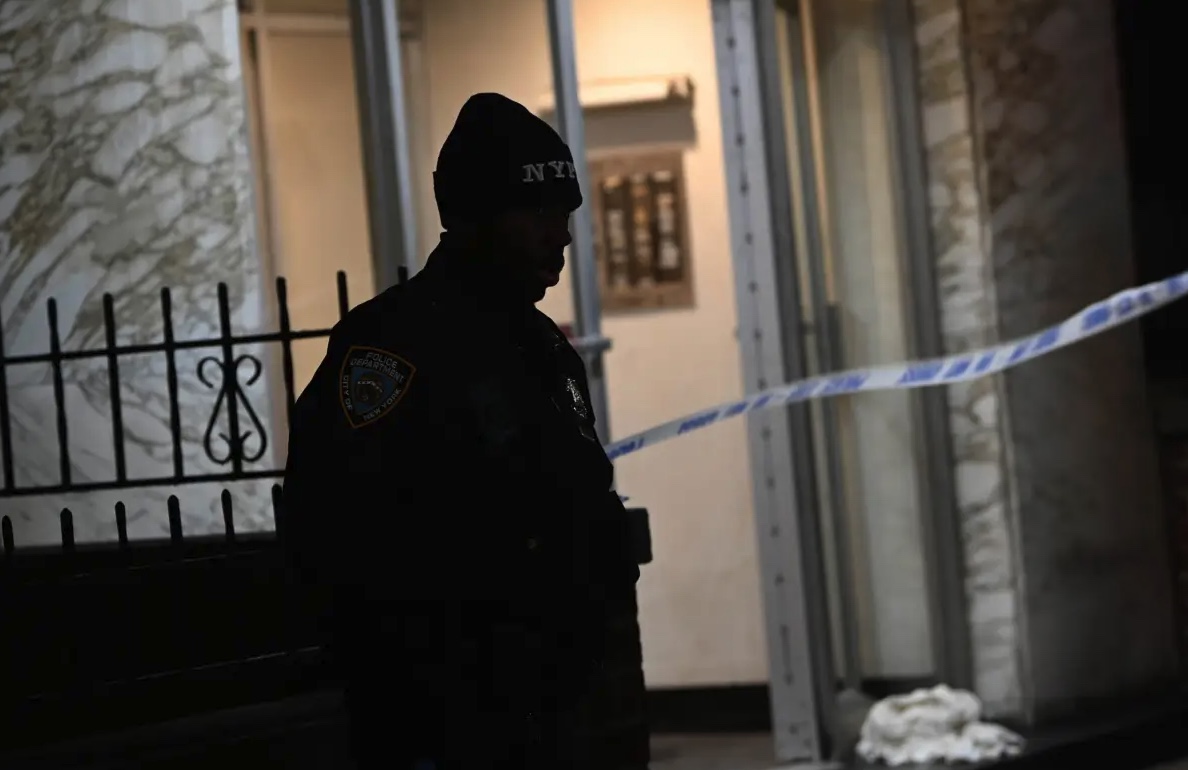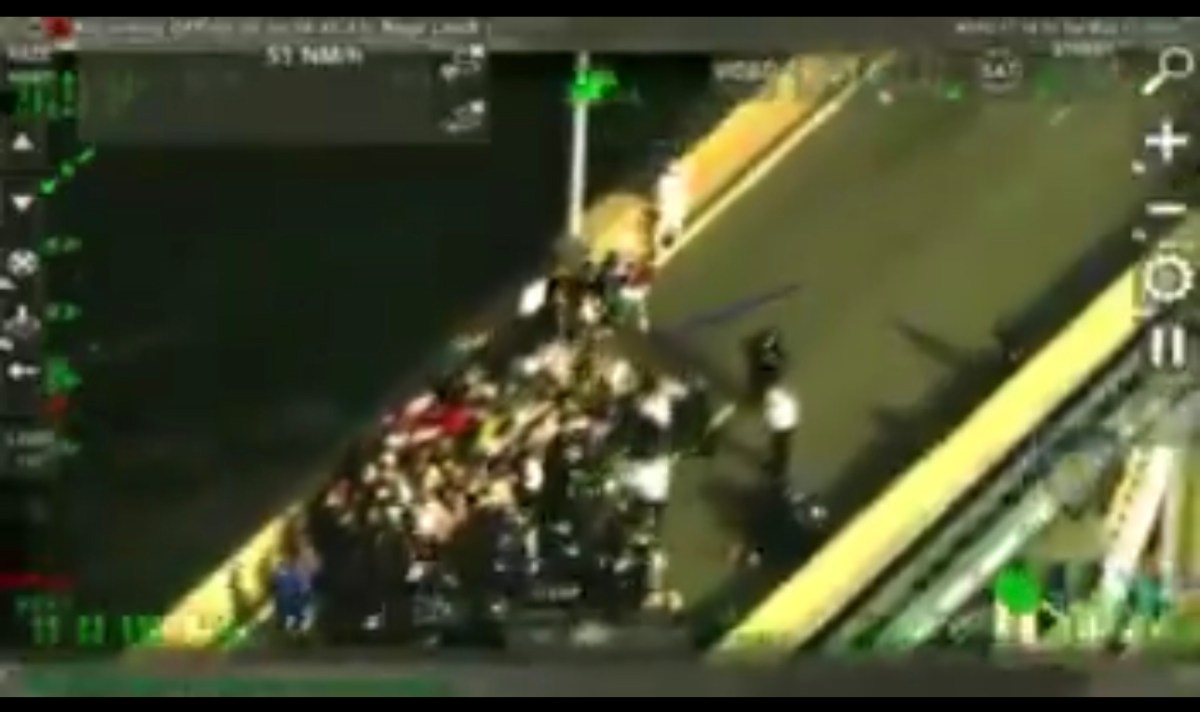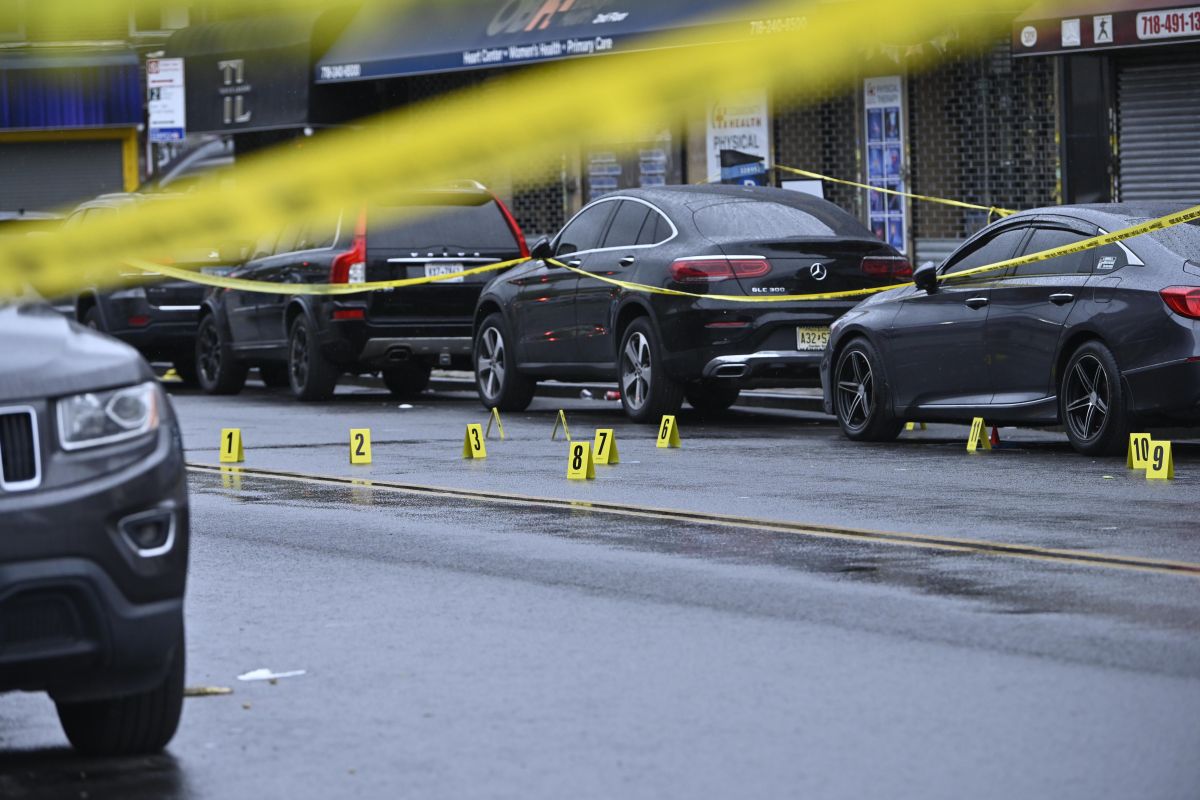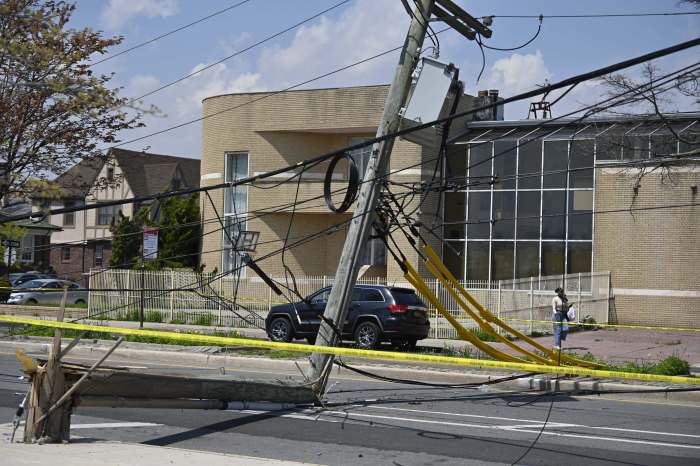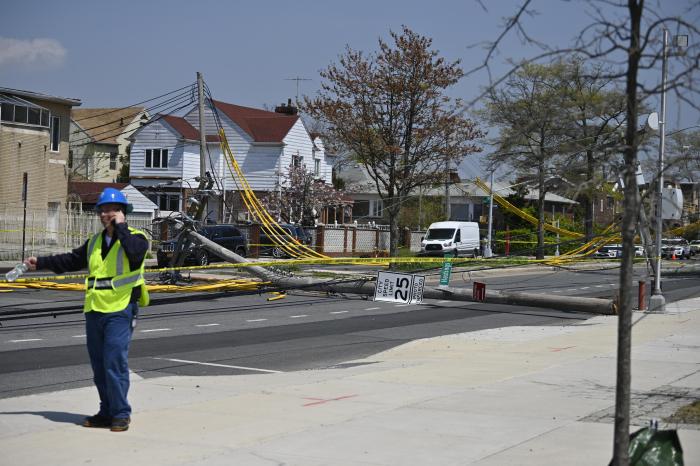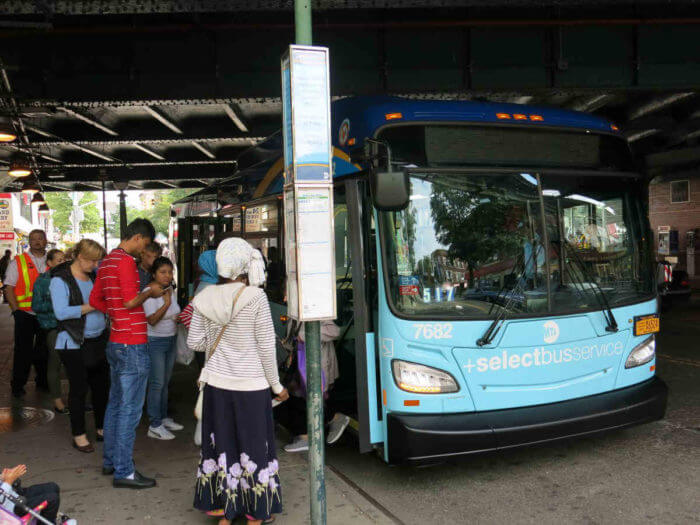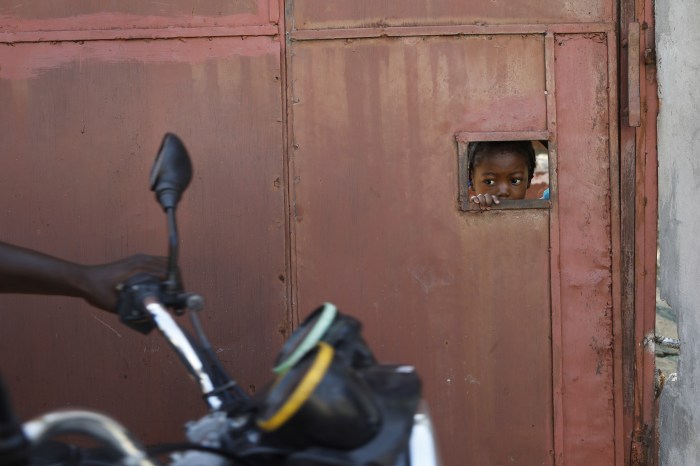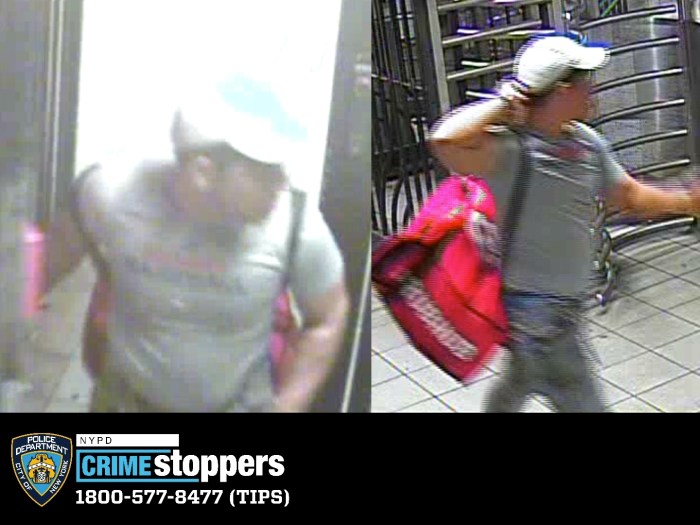For one southern Brooklyn neighborhood, Hurricane Sandy may have a silver lining.
After more than five years of feuding, and numerous failed attempt at peace talks, the devastating storm could be the only force capable of finally pushing the Hatfields and McCoys of Manhattan Beach civic associations to bury the hatchet.
At a historic summit on April 17, the president of the Manhattan Beach Community Group, Ira Zalcman, surprised members with a proposal to welcome the splinter Manhattan Beach Neighborhood Association back into the fold.
“In a post-Hurricane Sandy world, things are different. The water coming down the street didn’t discriminate,” Zalcman told the crowd at PS 195. “We would be much better off with one voice.”
Longstanding grudges don’t go away quietly, though — the rivalry reared its head even as Zalcman was making his peace offering.
“That’s right, and we need to get rid of you,” shouted Neighborhood Association member Ed Eisenberg, interrupting Zalcman as he laid out his reconciliation plan. “No wonder people are leaving for the other group!”
Manhattan Beach has been saddled with two civic associations ever since Zalcman’s victory in the Community Group’s disputed 2007 presidential election. The spat prompted members to leave the group en masse and form the rival Neighborhood Association, which promptly sued Zalcman.
The years since have seen the two groups bicker constantly as they vied for the attention of elected officials, and butted heads on everything from zoning to sprucing up a local dog park. A mediation attempt by Assemblyman Steven Cymbrowitz (D–Manhattan Beach) fizzled when Zalcman’s group refused to come to the table.
The Community Group even changed its bylaws to prevent defecting members from rejoining and standing for leadership positions, requiring new members to pay dues for three years before they can be elected as directors of the group.
Zalcman’s landmark peace proposal would shorten that wait to a year or less, if the bylaws committee signs off.
“Mr. Zalcman and I both agreed that we need to join together,” Neighborhood Association spokesman Edmond Dweck said in a statement that would have been unthinkable a year ago. “We’ve seen our backyards literally stomped on by Mother Nature and we’ve seen it as a sign.”
But according to Dweck, it’s going to take more than reopening the door to bring back members of the breakaway organization, some of whom held leadership positions in the Community Group before the schism. They want their old seats at the table.
“There are other issues that need to be addressed,” said Dweck explaining that the bylaws would still keep re-joiners from having real power in the group’s leadership. “It’s not just becoming [director], it’s becoming chairman of a committee.”
Neighborhood officials say that, whatever it takes, a ceasefire is long overdue.
“I’ve tried to tell both groups that one voice speaks the loudest,” said Community Board 15 chairwoman and City Council candidate Theresa Scavo. “Both groups need to sit at a table without other people in the room.”
Citing bureaucratic rules, both sides put the earliest possible start for a peace accord in December, making the Manhattan Beach fight a longer-running conflict than World War II.



